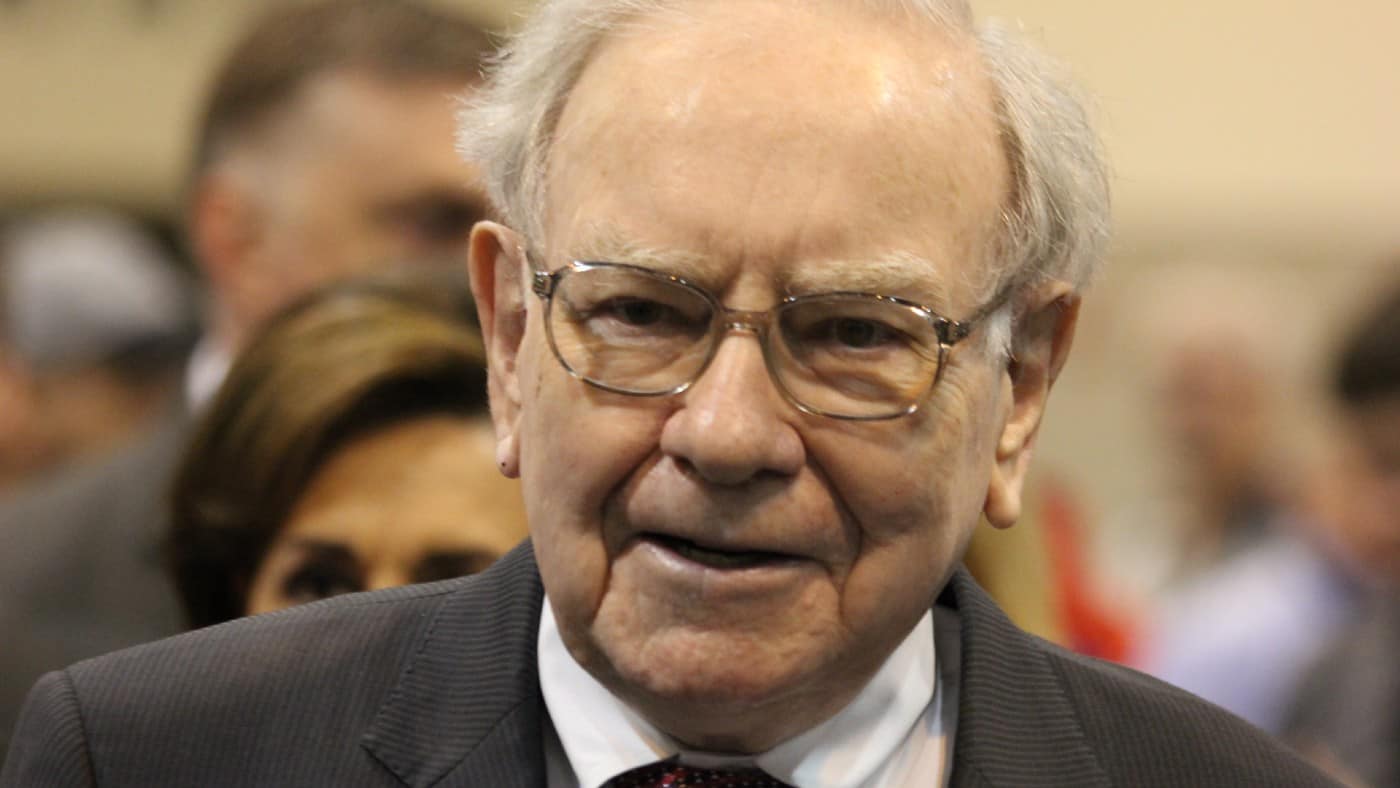Super-investor Warren Buffett has an exceptional track record of picking individual stocks. Since he started his investing journey at the age of 11, he’s since amassed a $100bn+ fortune, enjoying complete financial freedom.
As such, following in his footsteps could help long-term investors improve their own financial positions, especially after the recent correction.
Today, the stock market continues to be a volatile place. There’s still a lot of uncertainty surrounding inflation and its impact on businesses and consumers.
Nevertheless, history has shown countless times that such periods are among the best times to buy individual stocks. After all, there are some top-notch companies now trading at attractive discounts. And capitalising on these opportunities is precisely how the ‘Oracle of Omaha’ built his multi-billion-dollar fortune.
Warren Buffett hunts for value
Being taught by the father of value investing, Ben Graham, it’s hardly surprising Buffett is an avid value investor. The core of his investment strategy is to buy terrific companies at low prices.
Focusing solely on high-quality enterprises makes the probability of unlocking superior long-term returns far higher. And these gains are only amplified when shares are bought at a discount.
Under normal circumstances, finding bargain-buying opportunities can be quite a challenge. But it becomes far easier during a bear market when emotions are running high.
That’s why some professional investors call it a “stock picker’s market”. And it’s why Buffett hasn’t been this active in buying shares since the 2008 financial crisis.
Even with the FTSE 100 recently hitting a new record high, plenty of businesses in sectors like technology, electronics, and consumer discretionary are trading firmly below their historical averages.
In some cases, this may very well be justified. But in others, companies may be perfectly capable of weathering the storm. And eventually, when economic conditions improve, profitability will likely follow, sending depressed stocks surging.
Building a portfolio at age 40
Over the last 30 years, Buffett has achieved an average annual return of roughly 20%. Obviously, replicating these gains consistently isn’t easy. In fact, many experts have tried adopting his value investing strategy and failed to come close to such impressive returns.
Fortunately, if an investor can only muster half of these gains, it’s enough to build a substantial nest egg even when starting at the age of 40. Assuming an individual plans to retire at 65, that’s two and a half decades to capitalise on the magic of compounding.
Allocating as little as £500 a month at a 10% return is enough to boost an investment portfolio to £663,416. And for those capable of investing £750, this balance shoots up to just under £1m. That may not be Buffett’s multi-billion-dollar fortune, but it definitely unlocks plenty of financial freedom during retirement.
Of course, it’s important to remember investing is never risk-free. Even by sticking to the best stocks in the world, volatility in the financial markets can still rock the most sturdy portfolio.
25 years is plenty of time for multiple crashes and corrections to occur. Depending on their timing, an investor’s portfolio could be worth significantly less than expected. But once again, these bear markets will create further rare buying opportunities for stock pickers like Buffett and those that follow his investing strategy.








